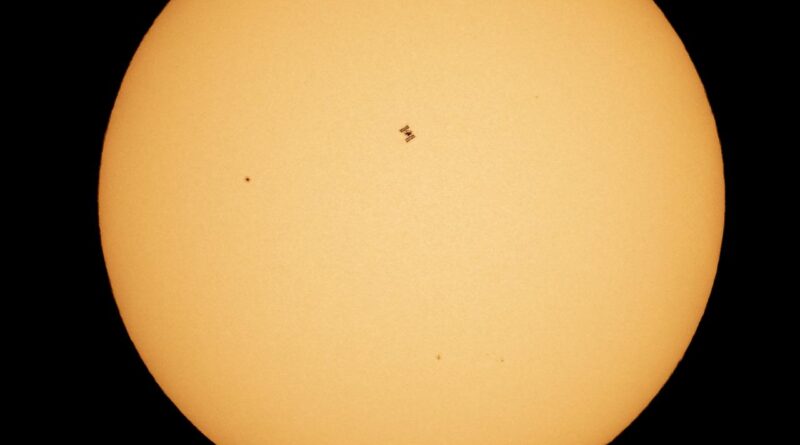Space Is The Place: The Night Sky Over Belper, June 2022
In June’s Night Sky: All the planets appear in the early morning sky. The Summer Solstice is on the 21st. Understanding twilight zones. Spotting NLCs.
Total Lunar Eclipse, 16th May: Observation notes
Clouded out for the duration.
Summer Solstice: 21st of June
The 1st of June marked the start of meteorological summer.
The Summer months bring longer days and shorter nights. Technically, we are seeing extended astronomical twilight, the Sun is below the horizon, but darkness is yet to fall and there is still some light in the sky. During astronomical twilight most bright stars will be visible, but it is difficult to see fainter stars or diffuse objects like galaxies.
The Summer Solstice, the longest day of the year and the start of astronomical summer, takes place on Monday 21st of June. Sunrise will be around 4.43am and the Sun will set at about 9.22 pm. After the Solstice, nights will start to get gradually longer.
The 3 Stages Of Twilight
Twilight is the time that marks the boundary between day and night. The Sun has set and is below the horizon, but sunlight still illuminates the sky.
It is possible to identify 3 distinct phases of twilight: civil, nautical and astronomical twilight. It should be apparent that astronomical twilight never turns into night during the summer months.
The three stages of twilight are defined as follows:
Civil Twilight – During civil twilight the Sun is just below the horizon and there is enough light to carry on day-to-day activities without the use of artificial light.
Nautical twilight – At nautical twilight the sun is further below the horizon. In nautical twilight the horizon is just about visible and the brighter stars will appear. These are the stars that were traditionally used to navigate at sea (hence nautical twilight).
Astronomical Twilight – At this stage the Sun is well below the horizon, but darkness is yet to fall and there is still some light in the sky. Most bright stars are visible, but it will be difficult to see the fainter stars or diffuse objects like galaxies. However, in many places light pollution will make faint stars difficult to see anyway (there is always some light in the sky). For many observers it can sometimes be difficult to know when astronomical twilight ends and true night begins.
Noctilucent Clouds
June / July is a good time to look for noctilucent clouds (NLCs). NLCs are clouds that form high up in the atmosphere (about 50 miles above the Earth’s poles). These clouds are normally too faint to be seen as they are made up of ice particles. However, in the summer months the angle of the sun can sometimes highlight NLC’s so that they are visible, appearing to glow after sunset.
It is rare to see NLCs, your best chance is to try looking towards the north-west during the darkest part of the night (from 11.00pm onwards). If lucky, you may catch sight of these glowing wispy clouds.
There are two useful guides to observing noctilucent clouds here: British Astronomical Association.
And here: Nightskyhunter (NLCs).
The Moon
14th of June: Full Moon
18th / 19th June (am): Moon appears near to Saturn
21st June (am): Moon appears near to Jupiter
23rd June (am): Moon appears near to Mars
26th of June (am): Moon appears to be near to Venus
The Planets
You will need to get up early to see the planets. They are all visible pre-dawn, in the south-east, low to the horizon. Venus is unmistakable – shining very brightly as the “morning star”. The planets will be joined by the Moon between the 18th and the 27th. A crescent Moon will appear to be close to Venus on the 26th.
The International Space Station`
The International Space Station is one of the brightest objects in the night sky. It is not hard to spot and flies-past periodically throughout the year. Fly-pasts tend to swing from PM to AM. Typically it will be in the sky for up to four minutes at a time. It moves slowly across the sky, at first bright and then fading as it moves over the horizon.
NASA’s Spot the Station site gives details of sightings. You may also want to sign up to the Alerts Site – which gives advance warning of the most prominent sightings.
Image above: ISS silhouetted against the Sun (courtesy of NASA Images).


GDPR, Your Data and Us: https://nailed.community/gdpr-your-data-and-us/